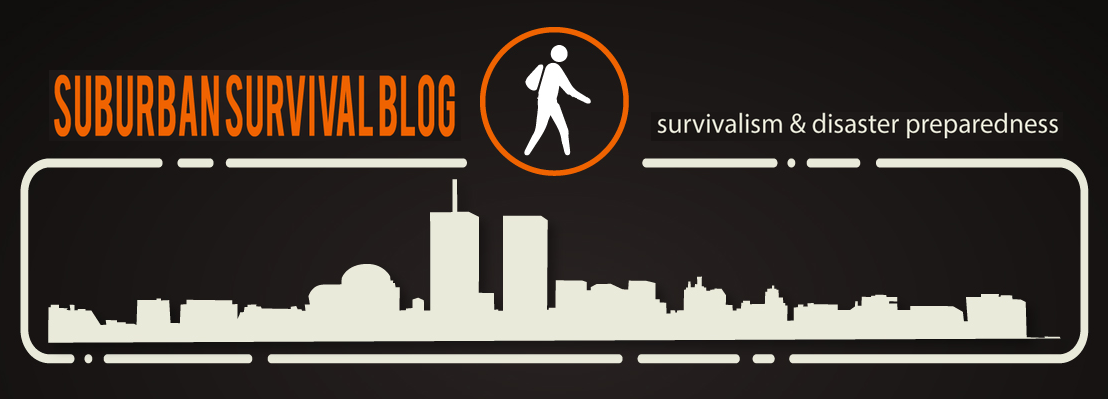Over the past few weeks, news of the Silicon Valley Bank failing has been making headlines, causing worry and concern among investors, businesses, and the general public. The bank, which specializes in providing financing and banking services to technology startups, has been a crucial player in the tech industry for years. Its failure has raised numerous questions about the state of the U.S. economy and the future of the tech sector. In this article, we’ll take a closer look at what led to the Silicon Valley Bank’s downfall, how it might affect your wallet, and what it could mean for the larger economy. Whether you’re a tech entrepreneur, a seasoned investor, or simply someone who wants to stay informed about the latest financial news, this is an important story to follow. So let’s dive in and explore the implications of this high-profile bank failure.
Background and History of the Silicon Valley Bank
The Silicon Valley Bank (SVB) was founded in 1983 by a group of entrepreneurs and venture capitalists who saw the need for a bank that specialized in serving the unique needs of the tech industry. Over the years, the bank grew to become one of the largest providers of financing and banking services to startups, with a particular focus on the technology and life sciences sectors. The bank’s success was largely due to its close relationships with venture capitalists and the tech industry, which allowed it to identify promising startups and provide them with the capital and resources they needed to grow.
Despite its success, the SVB had faced challenges in recent years. The bank had been struggling with a high level of non-performing loans, which had put pressure on its balance sheet and profitability. In addition, the bank had been dealing with increased competition from other financial institutions that were also targeting the tech industry. These factors, combined with the economic impact of the COVID-19 pandemic, ultimately led to the bank’s downfall.
Causes of the Silicon Valley Bank’s Failure
In a recent blog post I cited the frightening thought of bank bail in’s as a way for banks to manage their failing financial balance sheets. The SVB’s failure can be attributed to several factors. One key factor was the bank’s exposure to the tech industry, which had been hit hard by the pandemic. Many startups were struggling to raise capital and generate revenue, which in turn made it difficult for the SVB to collect on its loans. Additionally, the bank had a high level of exposure to the hospitality and travel industries, which had been severely impacted by the pandemic.
Another factor that contributed to the SVB’s failure was its high level of non-performing loans. The bank had been lending aggressively to startups, many of which were high-risk and unproven. As a result, the bank had a significant amount of bad debt on its balance sheet, which eroded its capital and made it difficult to absorb losses.
Finally, the SVB’s failure can be attributed to a lack of diversification in its loan portfolio. The bank had focused heavily on the tech and life sciences sectors, which are inherently risky and volatile. By not diversifying its loan portfolio, the SVB was more vulnerable to economic shocks and industry-specific downturns.
Impact on the Tech Industry and Startups
The SVB’s failure has had a significant impact on the tech industry and startups. Many startups that had been banking with the SVB have been left without a banking partner, which has made it difficult for them to access financing and manage their cash flow. This has put additional pressure on startups that were already struggling to survive in the current economic climate.
In addition, the SVB’s failure has highlighted the risks associated with relying on a single bank for financing and banking services. Many startups are now re-evaluating their banking relationships and looking for more diversified banking partners that can provide them with the resources and support they need to weather future economic downturns.
How the Failure Affects Investors and Depositors
The SVB’s failure has also had an impact on investors and depositors. The bank’s depositors have been left wondering whether they will be able to recover their deposits, while investors in the bank’s stock and debt are facing significant losses.
The FDIC (Federal Deposit Insurance Corporation) has stepped in to protect depositors by taking over the failed bank and transferring its deposits to another institution. However, depositors may still face some uncertainty and delays in accessing their funds, particularly if their deposits exceed the FDIC insurance limit.
Investors in the bank’s stock and debt are also facing significant losses. The bank’s stock has become worthless, while its debt holders are unlikely to recover the full value of their investments. This has highlighted the risks associated with investing in banks, particularly those that specialize in serving high-risk industries like the tech sector.
The Role of Regulatory Bodies in Bank Failures
The SVB’s failure has also raised questions about the role of regulatory bodies in preventing bank failures. The FDIC, which is responsible for regulating and supervising banks, has been criticized for not doing enough to identify and address the risks associated with the SVB’s loan portfolio.
Some experts have argued that the FDIC should have taken a more proactive approach to supervising the SVB, particularly given the bank’s high level of exposure to the tech industry. Others have suggested that the FDIC should have required the SVB to diversify its loan portfolio and reduce its exposure to high-risk startups.
Similarities and Differences with Past Banking Crises
The SVB’s failure has drawn comparisons to past banking crises, particularly the 2008 financial crisis. Like the SVB, many banks during the financial crisis had high levels of exposure to high-risk industries and had made aggressive loans that ultimately became non-performing.
However, there are also some key differences between the SVB’s failure and past banking crises. Unlike the financial crisis, the SVB’s failure was not caused by systemic failures in the banking system, but rather by industry-specific factors like the pandemic and the high-risk nature of the tech sector. Additionally, the FDIC’s response to the SVB’s failure has been more proactive and effective than its response to the financial crisis.
Potential Ripple Effects on the U.S. Economy
The SVB’s failure has the potential to have ripple effects on the larger U.S. economy. The tech industry is a significant contributor to the U.S. economy, and the failure of a bank that specializes in serving that industry could have wider implications for economic growth and job creation.
In addition, the SVB’s failure could lead to tighter lending standards and increased scrutiny of banks that serve high-risk industries. This could make it more difficult for startups to access financing and could slow down innovation in the tech sector.
Lessons Learned and Steps to Prevent Future Failures
The SVB’s failure provides some important lessons for banks, regulators, and investors. Banks should focus on diversifying their loan portfolios and reducing their exposure to high-risk industries, while regulators should take a more proactive approach to supervising banks that serve those industries.
Investors should also be aware of the risks associated with investing in banks that serve high-risk industries, and should diversify their portfolios to reduce their exposure to those risks.
Key Takeaways
The Silicon Valley Bank’s failure has raised important questions about the risks associated with serving high-risk industries like the tech sector. While the failure was not caused by systemic failures in the banking system, it highlights the need for banks, regulators, and investors to take a more proactive approach to managing risks and preventing future failures.
For tech startups, the failure of the SVB underscores the importance of diversifying their banking relationships and working with banks that have a track record of providing reliable and stable banking services. For investors, the SVB’s failure is a reminder of the risks associated with investing in banks that serve high-risk industries, and the need to diversify portfolios to reduce exposure to those risks.
Ultimately, the SVB’s failure is a cautionary tale for the tech industry and the banking sector as a whole, and provides important lessons for how to manage risks and prevent future failures.
What’s a Prepper to do with Their Monies in the Banking System, then?
It should be noted I AM NOT A FINANCIAL ADVISOR, and this is not financial advice. This is based on research on Google, and only a suggestion.
If you’re not confident in your bank’s financial stability, there are several things you can do to protect your money:
- Check the FDIC insurance coverage: The Federal Deposit Insurance Corporation (FDIC) insures deposits up to $250,000 per account at banks that are FDIC-insured. Make sure your bank is FDIC-insured and that your accounts are within the insurance limits.
- Diversify your accounts: Instead of keeping all your money in one account, consider spreading it across multiple accounts at different banks. This way, if one bank fails, you won’t lose all your money.
- Consider credit unions: Credit unions are not-for-profit organizations that are owned by their members. They offer similar services to banks, but often have lower fees and better interest rates. Credit unions are also insured by the National Credit Union Administration (NCUA), which provides the same level of protection as the FDIC.
- Invest in assets that are not directly tied to the banking system: If you’re concerned about the overall stability of the banking system, you may want to consider investing in assets that are not directly tied to it, such as real estate, gold, or other commodities. These investments can help diversify your portfolio and protect you from financial instability in the banking system.
- Stay informed: Keep up to date on news and events that may affect the financial stability of your bank and the broader economy. This can help you make informed decisions about your finances and take appropriate action if necessary.
- Pull some cash out of the bank and keep it in your safe to have some liquidity. It’s been suggested by me in the past that in a SHTF scenario, that people will continue to trade cash for goods until such time that popular goods are scarce and people begin bartering for goods and services.
Register here today to comment and get updates when we add new blog posts!








